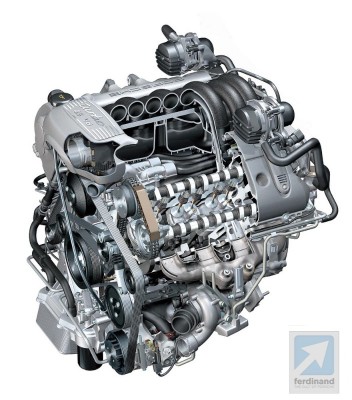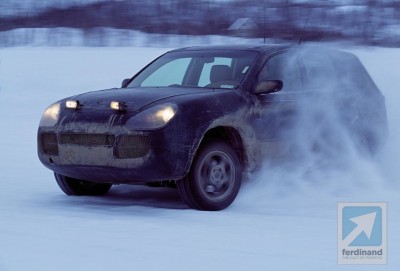“Oh John, it’s not a real one”, called 911 rally mechanic Adam as I ran off for the Cayenne on a recent Tuthill Porsche shoot. I needed something to stand on and, in the absence of a stepladder, an SUV roof would do.
More than ten years after the Cayenne’s debut, Adam’s teasing is typical of many Porsche fans, but for sure this car is a real Porsche. It might share a platform with the Volkswagen Touareg, but then most modern cars are built using shared platforms.
Is a Golf less Volkswagen for sharing platforms with Audi and Skoda? Cheaper cars share more components than Touareg and Cayenne, but no one gives the Golf a hard time, or knocks the A3 for costing three to five grand more. Bits shared between Volks and Porsche on the big SUV platform are inconsequential. Air con ducts, ABS sensors, some airbags, seat belts, door latches. Who cares about this stuff? The heart and soul of this Big Pig is what matters, and V8 Cayenne has got it going on.
I recently picked up a copy of the book “Porsche Cayenne” by Clauspeter Becker and Stefan Warter. Dating back to 2002, it’s a glorified brochure, telling the story of Cayenne development using previously unseen pictures from the Porsche library. Some of the text reads straight from press release, but the pictures are really excellent: well worth my £8 on Amazon versus £45 on eBay.
The book zooms in on Porsche engineering and pre-release testing for the shared platform, of which there was plenty. Engine development gets its very own chapter. The Cayenne V8 was developed from scratch by Porsche to suit SUV purposes, so it’s compact – less than 600mm long for a 4.5-litre V8 – and powerful, with a mega-flat torque curve running maximum torque of 420 Nm all the way from 2,200 rpm to 5,500 rpm.
Count me impressed by the three-pump oil system, which is designed to work on inclines of 100 percent. Sit the car on the tailgate and the engine will keep running: try that in lesser machines. The closed-deck engine block features additional cast iron bottom-end bearing seats as developed for the 928, which also make the engine smoother and quieter. Lots of quiet engineering in this car.
The Cayenne’s cylinder heads follow classic 911 design. The heads are two-part: lower is the water-cooled combustion chamber and intake/exhaust ports, while the top houses the camshaft and tappet guides. The camshafts run with variable timing: hydraulic controllers shift the inlet cams by up to 50 degrees versus crankshaft rotation.
Timing chain diagrams are pretty amazing: a huge duplex chain running four overhead cams, with a second single-row chain driving those three oil pumps. It would be interesting to see timing chain ramp wear after 150,000 miles or so. I’ll be watching for that opportunity, but have already driven a 250,000-mile Cayenne with a silent V8 engine, so not holding my breath.
The Cayenne V8 engines are built in Stuttgart-Zuffenhausen before shipping to Leipzig for installation. Cayenne not a real Porsche? Makes me laugh!
SHARE • EXPLORE • SUPPORT
Ferdinand blogs my freelance adventure with Porsche at the centre. To support the blog or engage with me in other ways, you can:





0 Comments